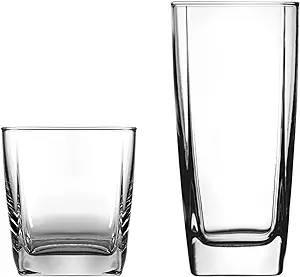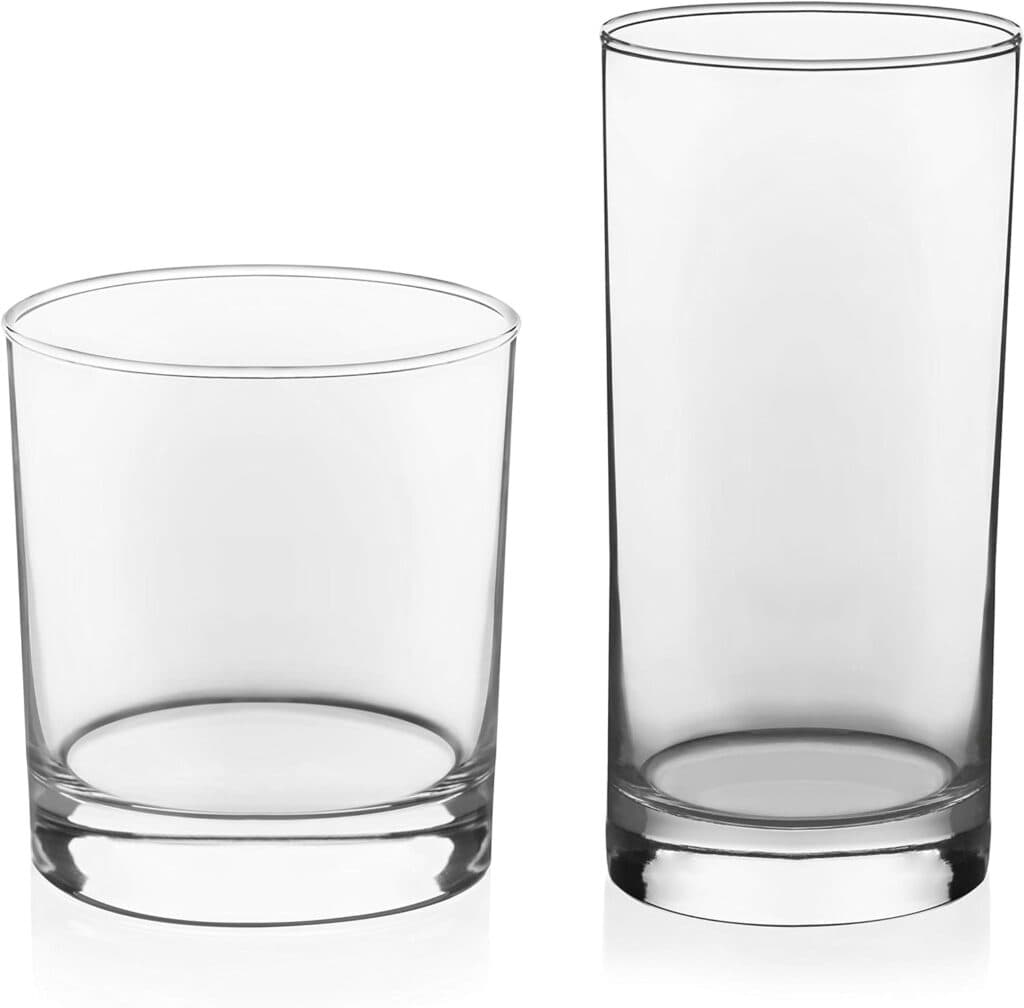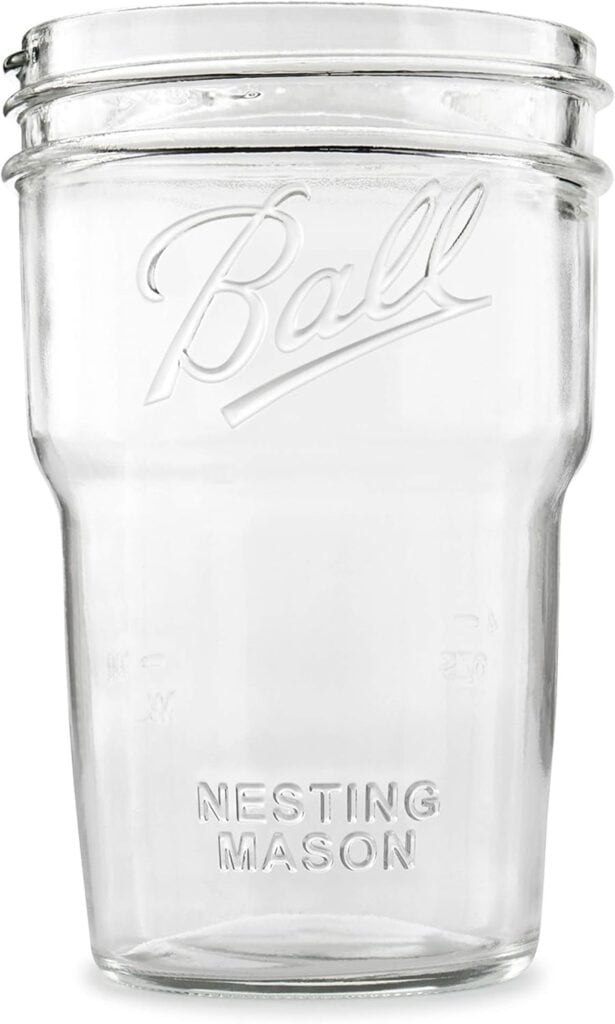Glass is one of the safest materials to have in your kitchen, but not all glass is created equally. This post will highlight some lead and cadmium free drinking glasses made in the USA.
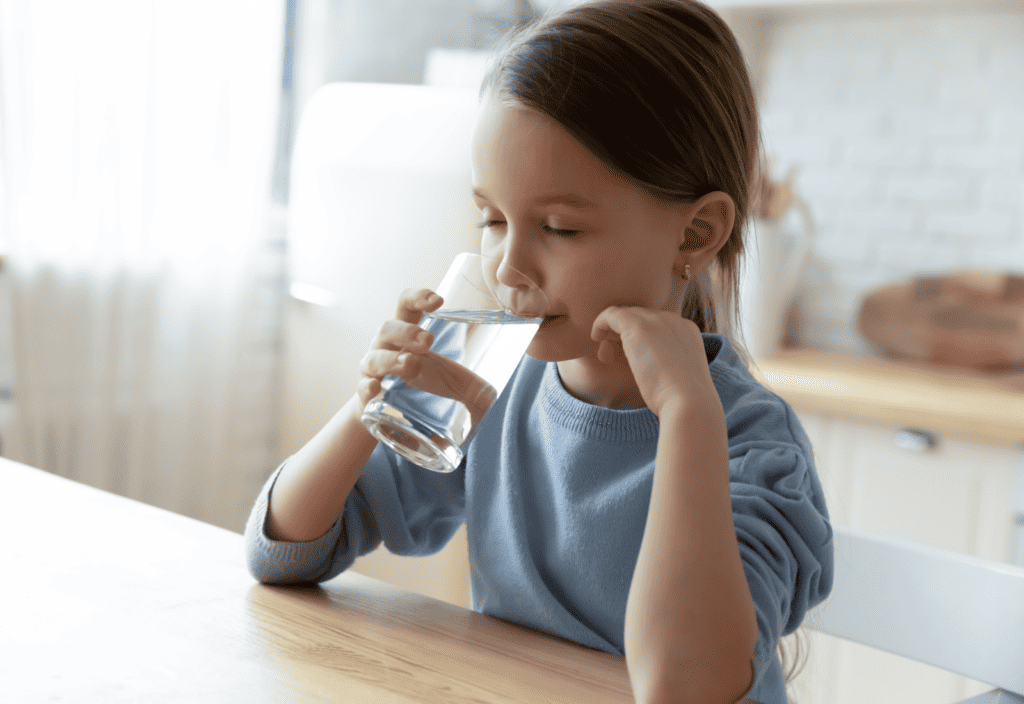
This post contains affiliate links. I may earn a small commission from qualifying purchases. Thank you! Your support makes this blog possible.
It is often a surprise to people that glass can contain lead and cadmium, which are both naturally occurring toxic heavy metals. While many people are aware that lead is routinely found in vintage dishes (gramma’s dishes are for decoration only!), not as many are suspicious of their drinking glasses.
A 2017 study conducted by the University of Plymouth, found potentially toxic levels of lead and cadmium in enameled drinking glasses. Researchers carried out 197 tests on 72 new and second-hand drinking glass products, including tumblers, beer and wine glasses and jars.
Lead was present in 139 cases and cadmium in 134 on the surface and the rims of the glasses. Some of the concentrations of lead were more than 1,000 times higher than the allowed limit. Yikes!
Some examples of enameled glasses would be glasses with images or words on them or a gold or silver rim. While the Plymouth study looked specifically at enameled drinking glasses, heavy metals can also be found in colored glass as well as stainless steel glasses, ceramic mugs and even kids sippy cups.
These heavy metals can and do leach. Acids commonly found in beverages like vinegar and soda, easily break down the metals, and they release into the food or liquid.
Why Does Glass Contain Lead and Cadmium?
You may wonder why glass would contain heavy metals in the first place. These heavy metals are not intentionally added to glass except in the case of decorative leaded glass like you see in crystal vases and similar.
Lead and other heavy metals are naturally occurring and sometimes finds their way into glass via raw materials. Glass is made by combining sand, soda ash and limestone according to the Glass Alliance of Europe.
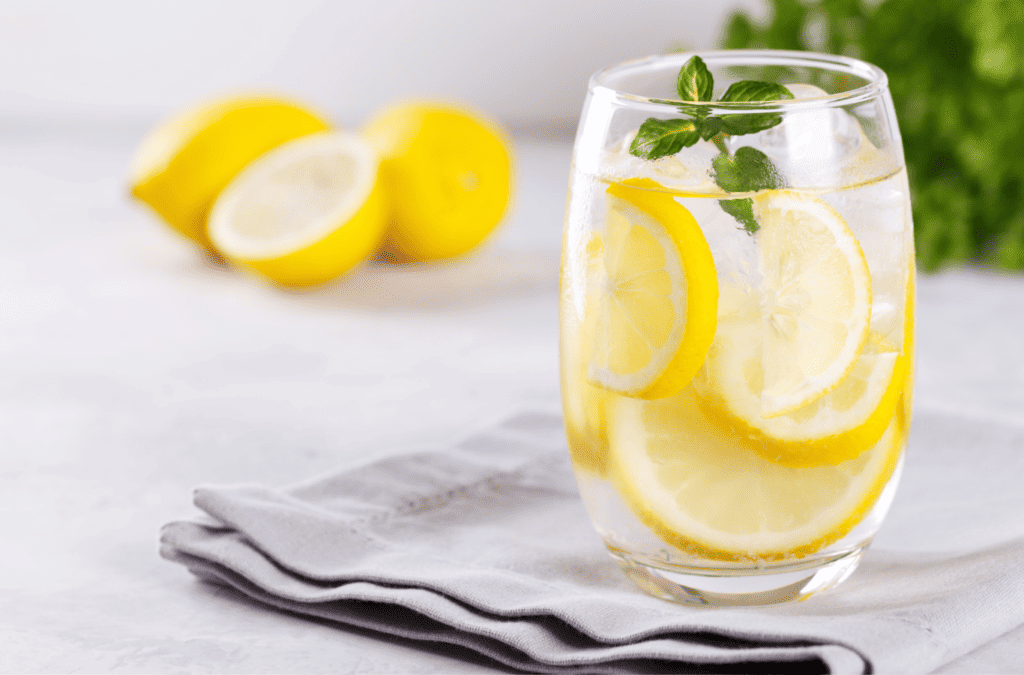
To ensure heavy metals don’t end up in glassware, the raw materials must be tested prior to manufacturing. Testing costs money, which is a good time to mention that cheaper is not always better. China is infamous for cheap manufacturing making it one of the top sources of contaminated goods.
Lead
A recent study in JAMA Pediatrics found that more than half of children tested in the U.S. had detectable lead levels in their blood. Due to continued concerns, the CDC recently reduced the blood lead reference value used to identify children with abnormally high amounts of lead in their bodies.
In the U.S., the FDA only began regulating lead in dinnerware and glassware in 1971 with a substantial update in 1992. Prior to 1992, may be a definite starting point for removing baking dishes, plates and drinking glasses (any item, really) from your kitchen.
The FDA allows a lead release of up to 0.5 parts per million (ppm) while California’s Proposition 65 only allows up a lead release of up to 0.1 ppm. Lead exposures for children and adults can happen many different ways including from paint, toys and other household items.
You can learn more about the sources and danger of lead exposures in this article by Harvard Health.
Cadmium
Cadmium is naturally occuring heavy metal found in our soil. Since it does not corrode easily, it is often used to manufacture batteries, pigments, metal coatings and plastics.
The FDA guideline for cadmium is 0.25 to 0.5 ppm to be considered food safe. California’s Proposition 65 only allows 0.084 to .31 ppm. While drinking glasses are not usually a main source of cadmium exposure, it’s an easy place to omit exposures.
While cadmium isn’t quite as well known as lead (thanks to the lead paint debacle), it is still dangerous. Cadmium exposure is strongly linked to lung cancer via dust inhalation (usually in the workplace).
Now, that we know the risks, let’s look at some USA made glassware brands that go above and beyond to offer safe products to their customers.
Lead and Cadmium Free Drinking Glasses Made in the USA
Anchor Hocking
Anchor Hocking is a trusted option for lead and cadmium free drinking glasses made in the USA. They’ve been around since 1905 (wow!). Their drinking glasses are super affordable and come in several different sizes and variations.
I’ve had three different styles over the years, and some are a bit sturdier than others … I am admittedly quite clumsy. If you are like me, go for the tumbler (pictured above) or the whisky glass, which makes the perfect kid-sized glass.
Anchor Hocking also makes bakeware, food storage containers and even dinnerware options. If you are in the market for dinnerware, check out my related post, 5 Non-toxic dinnerware brands.
Libbey
Libbey glassware started in Cambridge, Massachusetts as the New England Glass Company in 1818. Libby manufactures in the U.S. but also in Mexico, China and Portugal. While they state clearly that their glassware is lead free, they are not as clear when it comes to cadmium.
Their website ensures that they meet all FDA Lead and Cadmium guidelines and California Proposition 65. This means if their products do contain cadmium, it is at least below the California Proposition 65 limit. I have an email in to the company, and I will update here once I receive a response.
Like Anchor Hocking, Libbey makes several different styles and sizes of clear glassware. My favorite is this absolutely adorable classic can tumbler. If you’ve given up soda but are longing to feel that familiar shape in your hand once again, this may be the glass for you!
Ball Mason Jar
Ball, known for its home canning supplies, makes lead and cadmium free glasses and jars in the USA. The company has been under the ownership of Newell brands since 1996. Ball drinking glasses are a great budget option and so stinking cute!
You can buy the actual drinking glasses or just the plain mason jars and use them as glasses. The glasses and the jars are quite thick making them difficult to break. I have definitely dropped my fair share and not broken one yet.
Conclusion
High quality glass is the safest material for drinking glasses and any kitchen item for that matter. We are fortunate to have three responsible glassware companies right here in the USA. Anchor Hocking and Ball are my top two choices since Libbey may contain low levels of cadmium.
If you are doing a kitchen detox, be sure to read my post on the safest cooking materials.
